Product Code: PSI-RF16035
Overview
Antibody Clonality: Monoclonal
Applications:- Enzyme-Linked Immunosorbent Assay (ELISA)
- Immunocytochemistry (ICC)
- Immunofluorescence (IF)
- Immunohistochemistry- Paraffin Embedded (IHC-P)
- Western Blot (WB)
blue ice
PD-L1 antibody can be stored at 4˚C for three months and -20˚C, stable for up to one year. As with all antibodies care should be taken to avoid repeated freeze thaw cycles. Antibodies should not be exposed to prolonged high temperatures.
Images
1 / 10

2 / 10
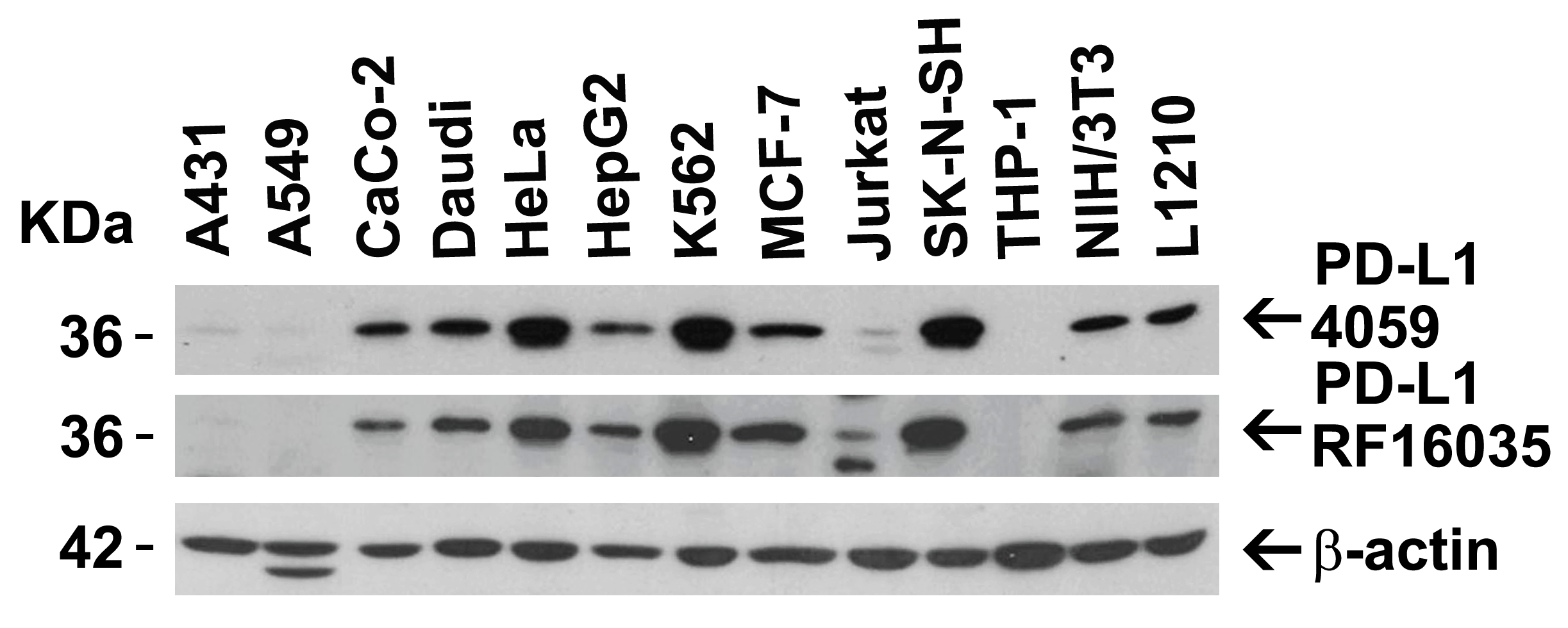
3 / 10
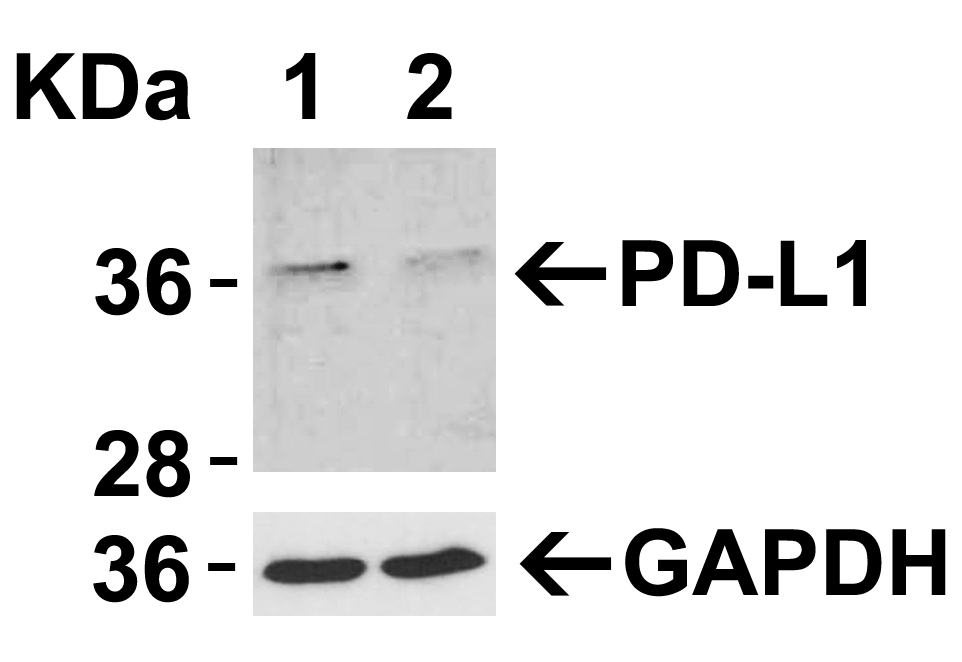
4 / 10
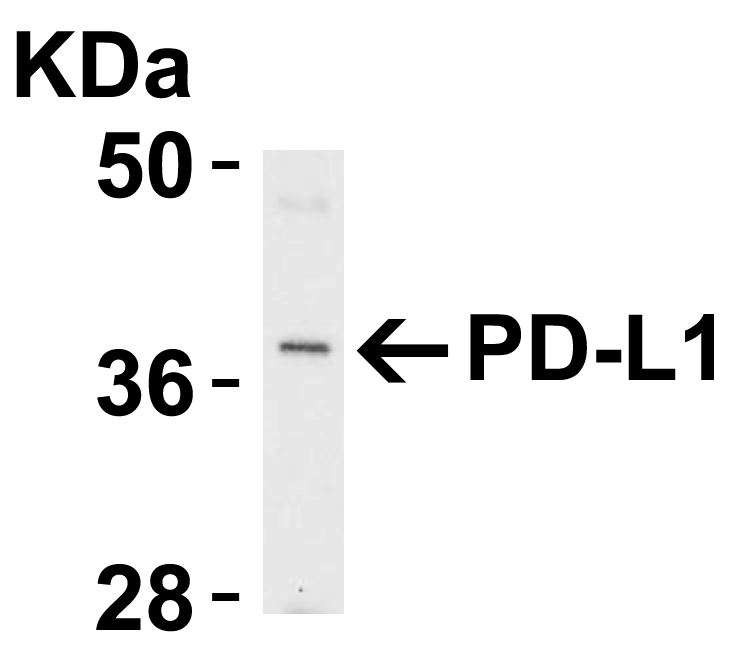
5 / 10
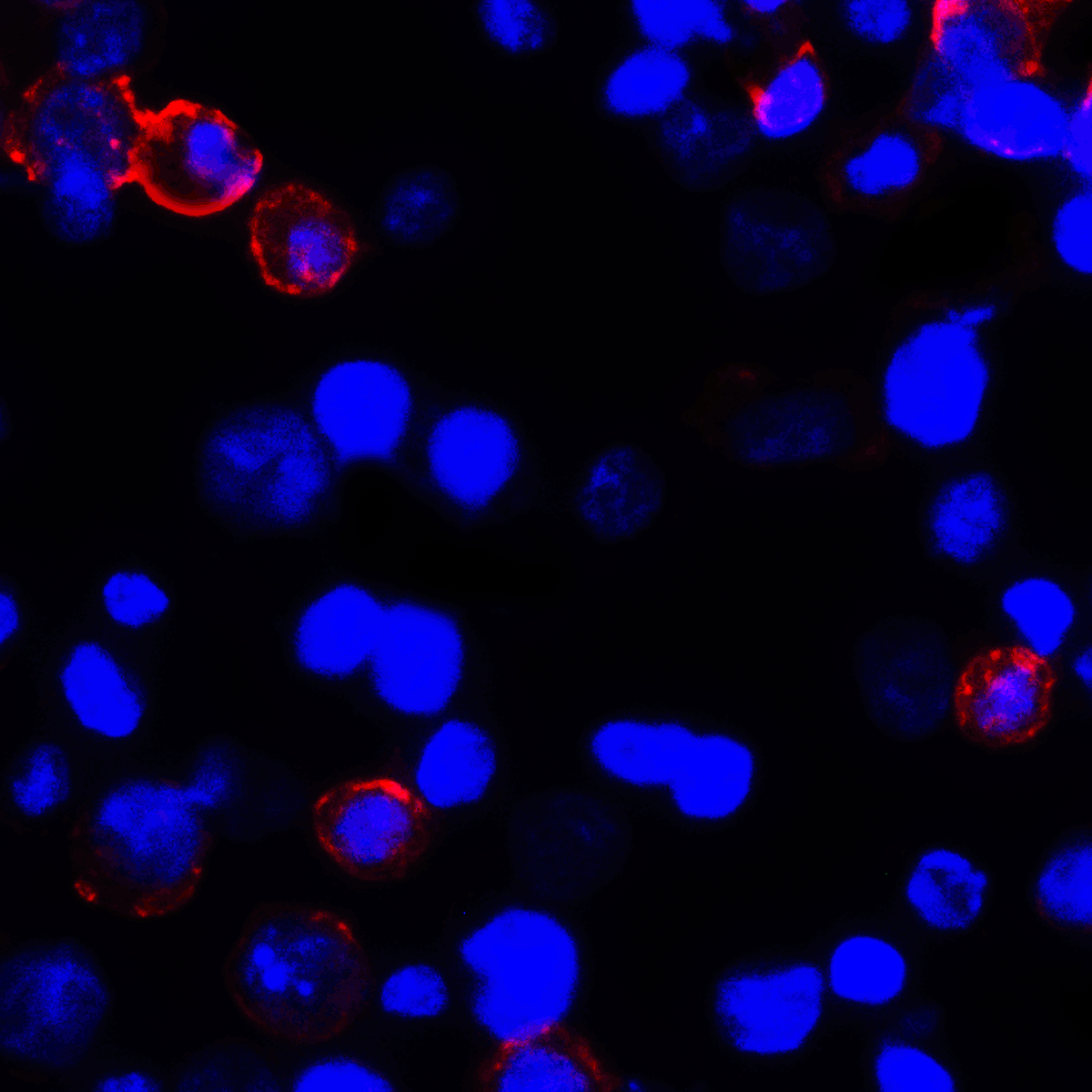
6 / 10
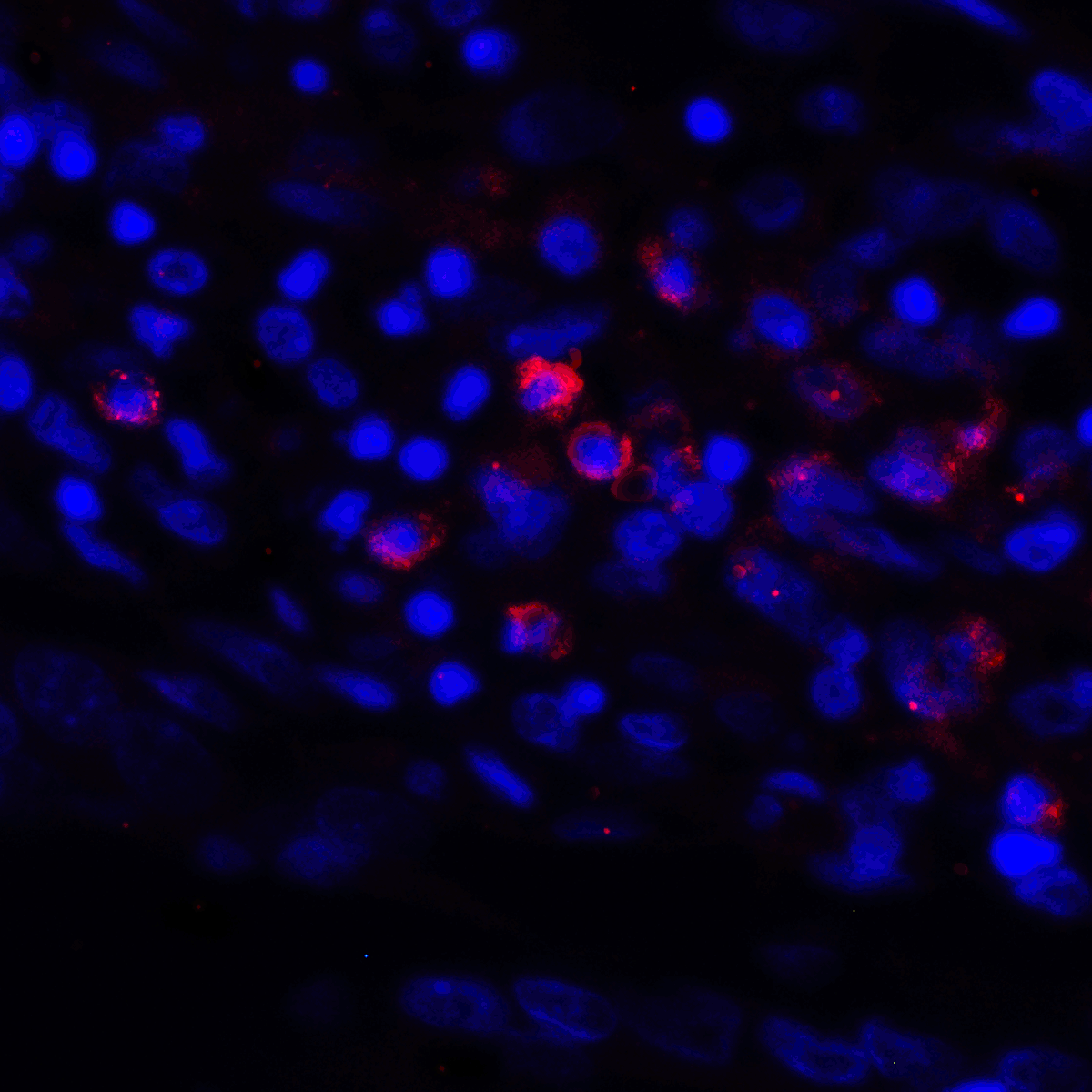
7 / 10
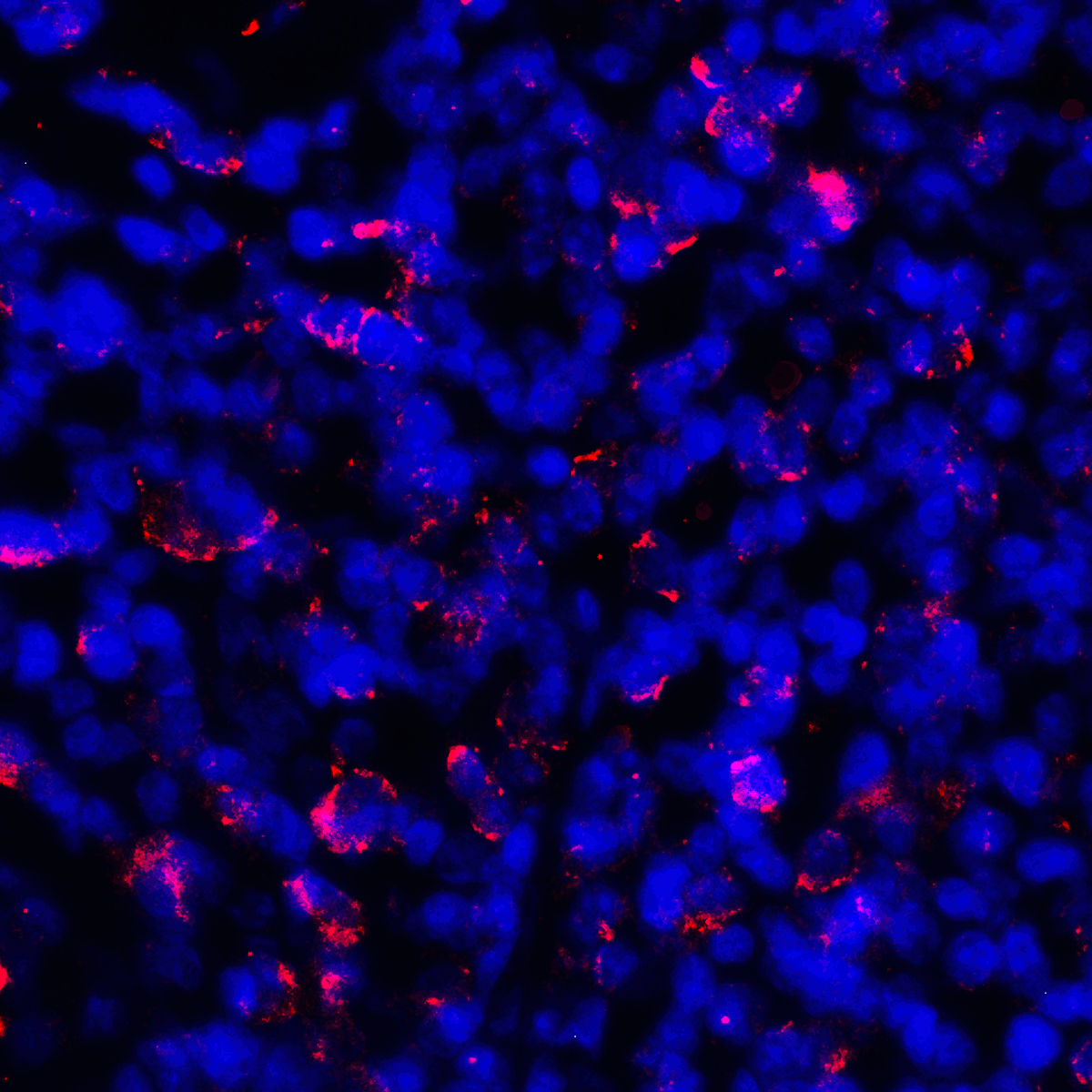
8 / 10
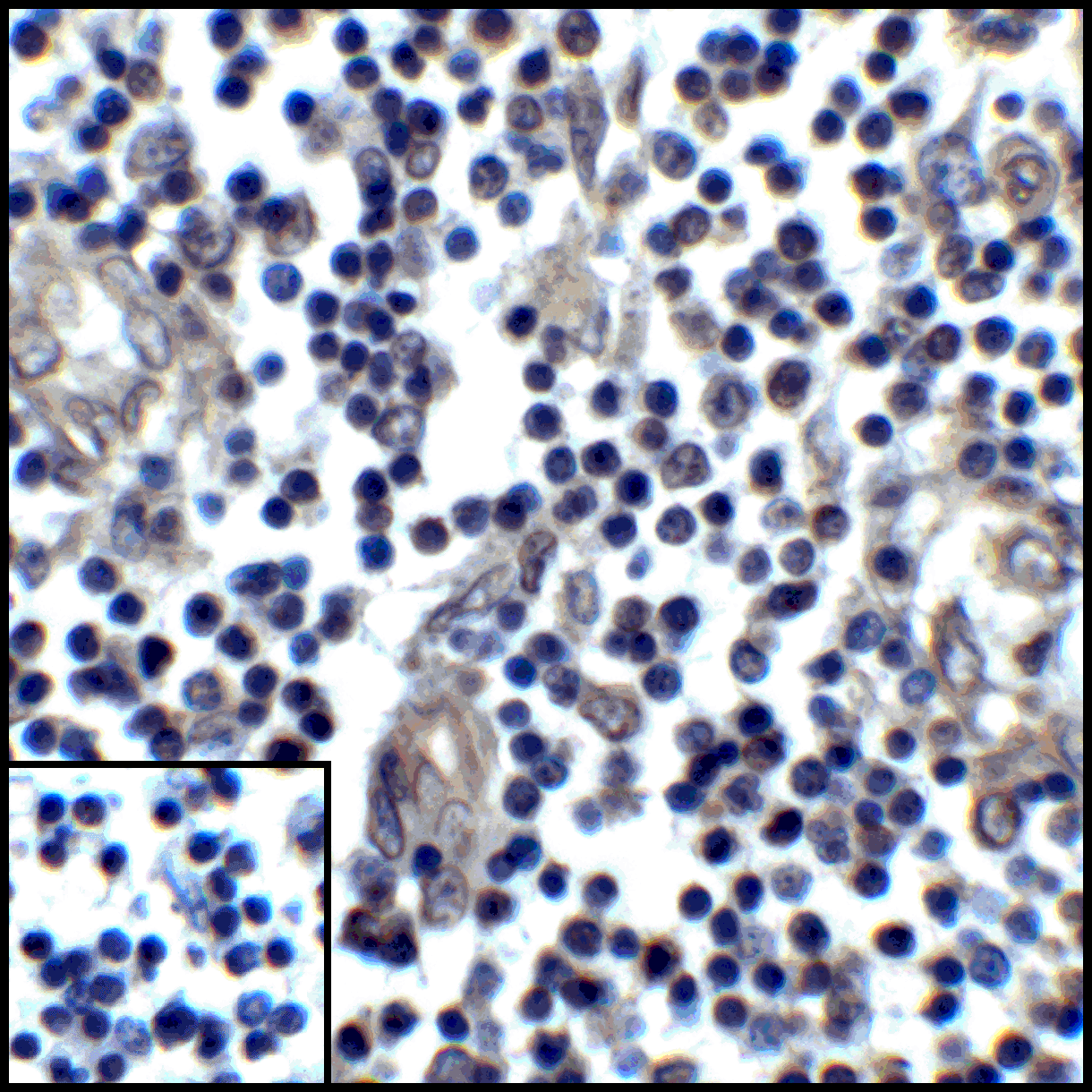
9 / 10
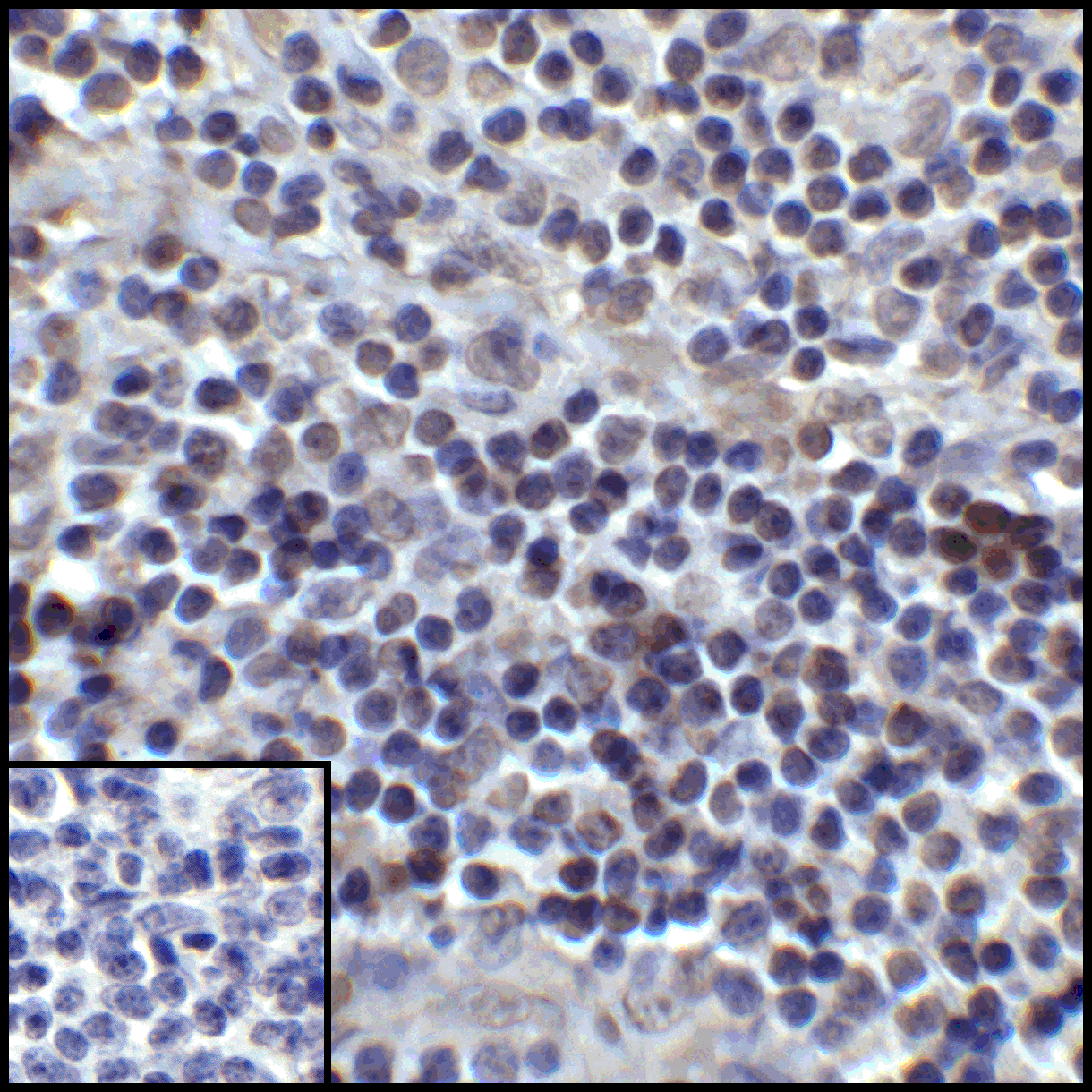
10 / 10
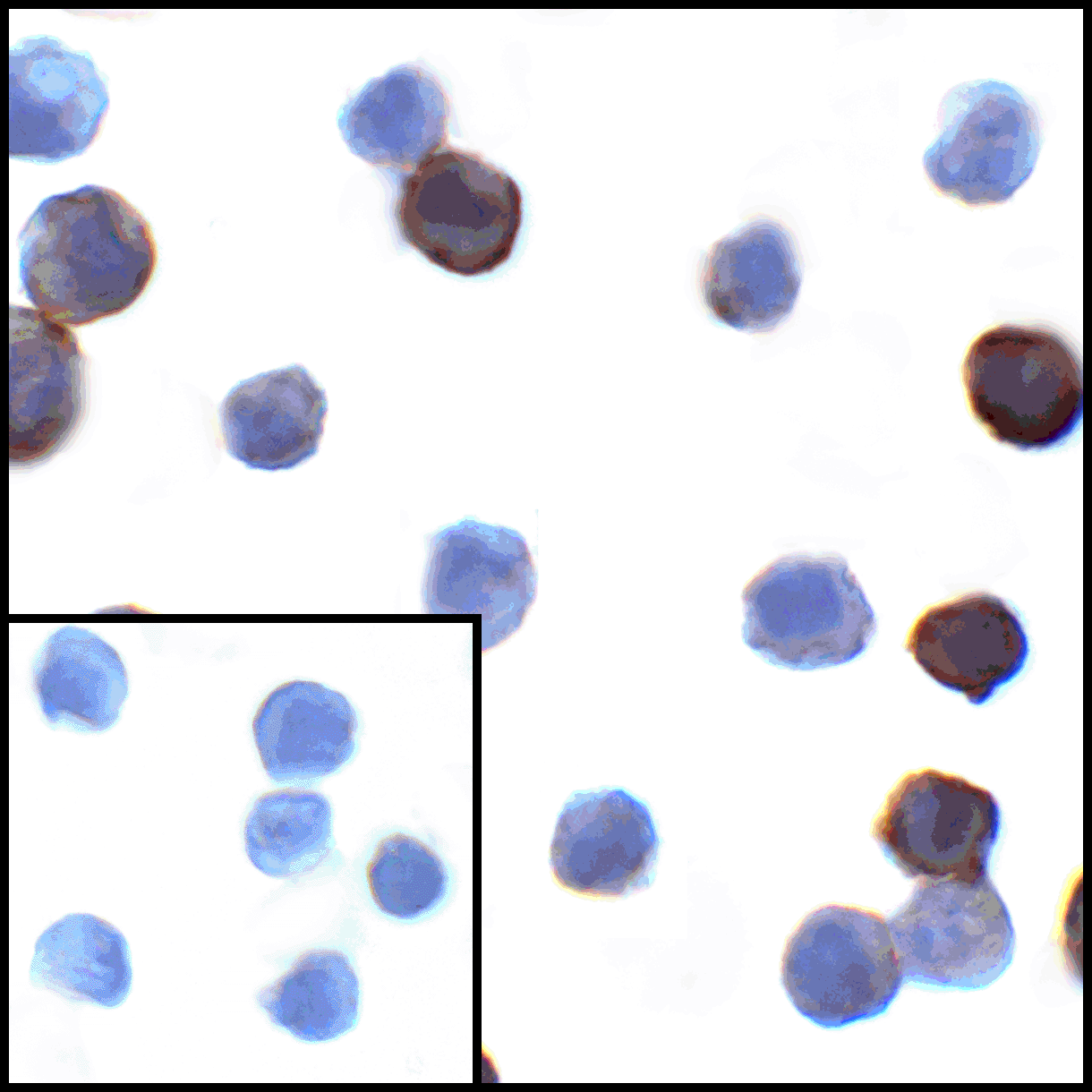
Further Information
PD-L1 Antibody: Programmed cell death 1 ligand-1, programmed death ligand 1, PDL1, PDL-1, B7-H1
WB: 0.25 - 4 μg/mL; IF: 2 μg/mL; IHC-P: 5 μg/mL; ICC: 1 μg/mL.
Antibody validated: Western Blot in human and mouse samples; Immunohistochemistry, Immunocytochemistry and Immunofluorescence in human samples. All other applications and species not yet tested.
PD-L1 plays a critical role in induction and maintenance of immune tolerance to self. As a ligand for the inhibitory receptor PDCD1/CD279, PD-L1 modulates the activation threshold of T-cells and limits T-cell effector response (1). The PDCD1/CD279-mediated inhibitory pathway is exploited by tumors to attenuate anti-tumor immunity and facilitate tumor survival (2,3). Through a yet unknown activating receptor, it may costimulate T-cell subsets that predominantly produce interleukin-10 (IL10) (4).
- Freeman et al. Exp. Med. 2000; 192:1027-34.
- Burr et al. Nature 2017; 549:101-5.
- Mezzadra et al. Nature 2017; 549:106-10.
- Dong et al. Nat. Med. 1999 5:1365-9.
PD-L1 Antibody is supplied in PBS containing 0.02% sodium azide and 50% glycerol.
1 mg/mL
Unconjugated
Optimal dilutions/concentrations should be determined by the end user. The information provided is a guideline for product use. This product is for research use only.
Predicted species reactivity based on immunogen sequence: Rat: (77%), Mouse: (71%)
Anti-PD-L1 antibody (RF16035) was raised against the extracellular domain of human PD-L1.
Human PD-L1 has 3 isoforms, including isoform 1 (290aa, 33.3kD), isoform 2 (176aa, 20.2kD), and isoform 3 (178aa, 20.5kD). This antibody detects human isoform 1&3, mouse and rat PD-L1 (290aa, 33kD for both of them).
29126
programmed cell death 1 ligand
CD274
Homo sapiens
Liquid
PREDICTED MOLECULAR WEIGHT:
Predicted: 33kD
Observed: 37kD
NP_054862
7661534
PD-L1 Antibody is supplied as protein A purified IgG1.
Immunology
PD-L1 Antibody has no cross-reactivity to PD-L2.
Q9NZQ7
Optimal dilutions for each application to be determined by the researcher.
Independent Antibody Validation (Figure 2) shows similar PD-L1 expression profile in both human and mouse cell lines detected by two independent anti-PD-L1 antibodies that recognize different epitopes, RF16035 against the center of human PD-L1 and RF16035 against the extracellular domain. PD-L1 proteins are detected in most of the cell lines, but not in A549 and THP-1 cells by the two independent antibodies.
siRNA Knockdown Validation (Figure 3): Anti-PD-L1 antibody (RF16035) specificity was further verified by PD-L1 specific siRNA knockdown. PD-L1 signal in HeLa cells transfected with PD-L1 siRNAs was much weaker in comparison with that in HeLa cells transfected with control siRNAs.
Overexpression Validation (Figure 1, 5, 10): Anti-PD-L1 antibodies (RF16035) can detect the overexpression of PD-L1 protein in 293 cells transfected with PD-L1.












